
Roscoe Mitchell is an American composer, jazz instrumentalist, and educator, known for being "a technically superb – if idiosyncratic – saxophonist". The Penguin Guide to Jazz described him as "one of the key figures" in avant-garde jazz; All About Jazz stated in 2004 that he had been "at the forefront of modern music" for more than 35 years. Critic Jon Pareles in The New York Times has mentioned that Mitchell "qualifies as an iconoclast". In addition to his own work as a bandleader, Mitchell is known for cofounding the Art Ensemble of Chicago and the Association for the Advancement of Creative Musicians (AACM).

Roy Owen Haynes is an American jazz drummer. He is among the most recorded drummers in jazz. In a career lasting over 80 years, he has played swing, bebop, jazz fusion, avant-garde jazz and is considered a pioneer of jazz drumming. "Snap Crackle" was a nickname given to him in the 1950s.
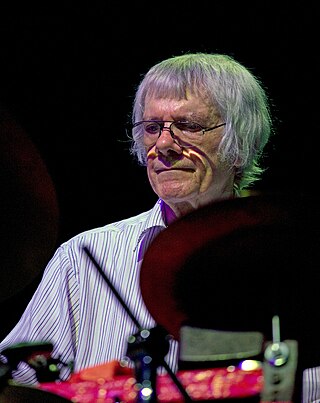
Tony Oxley was an English free improvising drummer and electronic musician.

Albert "Tootie" Heath is an American jazz hard bop drummer, the brother of tenor saxophonist Jimmy Heath and the double-bassist Percy Heath.

Tom Harrell is an American jazz trumpeter, flugelhornist, composer, and arranger. Voted Trumpeter of the Year of 2018 by Jazz Journalists Association, Harrell has won awards and grants throughout his career, including multiple Trumpeter of the Year awards from DownBeat magazine, SESAC Jazz Award, BMI Composers Award, and Prix Oscar du Jazz. He received a Grammy Award nomination for his big band album, Time's Mirror.
Manfred Eicher is a German record producer and the founder of ECM Records.
Tani Tabbal is a jazz drummer who has worked with Roscoe Mitchell, David Murray, and Cassandra Wilson.

Steve Kuhn is an American jazz pianist, composer, arranger, bandleader, and educator.
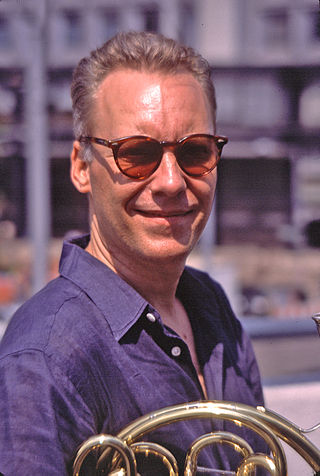
Tom Varner is an American jazz horn player and composer.

Gianluigi Trovesi is an Italian jazz saxophonist, clarinetist, and composer. He has won various Italian jazz awards. He also teaches in Italy.

Judith Theresa Colantone, known as Jay Clayton, was an American avant-garde jazz vocalist and educator.
Discography for jazz saxophonist Anthony Braxton.

Bob Moses is an American jazz drummer.
Harvie S is an American jazz double-bassist.
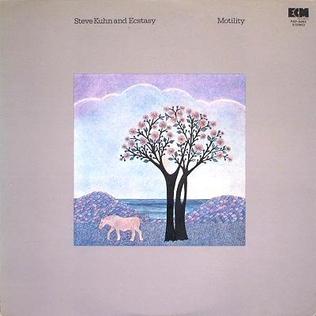
Motility is an album by American jazz pianist Steve Kuhn recorded for ECM in January 1977 and released in April later that year, Kuhn's second album with his Ecstasy quartet, featuring saxophonist Steve Slagle and rhythm section Harvie Swartz and Michael Smith.
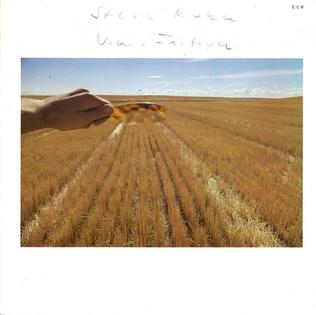
Non-Fiction is an album by American jazz pianist and composer Steve Kuhn recorded in April 1978 and released on ECM October that same year. The quartet features saxophonist Steve Slagle and rhythm section Harvie Swartz and Bob Moses.

Playground is an album by the Steve Kuhn/Sheila Jordan Band recorded in July 1979 and released on ECM March the following year. The quartet features rhythm section Harvie Swartz and Bob Moses.

Home is an album by bassist Steve Swallow recorded in September 1979 and released on the ECM label. The sextet features featuring Sheila Jordan singing the poetry of Robert Creeley, backed by pianist Steve Kuhn, saxophonist David Liebman, Lyle Mays on synthesizer, and drummer Bob Moses.
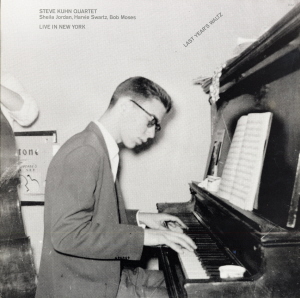
Last Year's Waltz is a live album by the Steve Kuhn Quartet recorded at Fat Tuesday's in April 1981 and released on ECM March the following year. The quartet features singer Sheila Jordan and rhythm section Harvie Swartz and Bob Moses.

Theatre is an album by George Gruntz's Concert Jazz Band '83 recorded in July 1983 and released on ECM the following year.

















